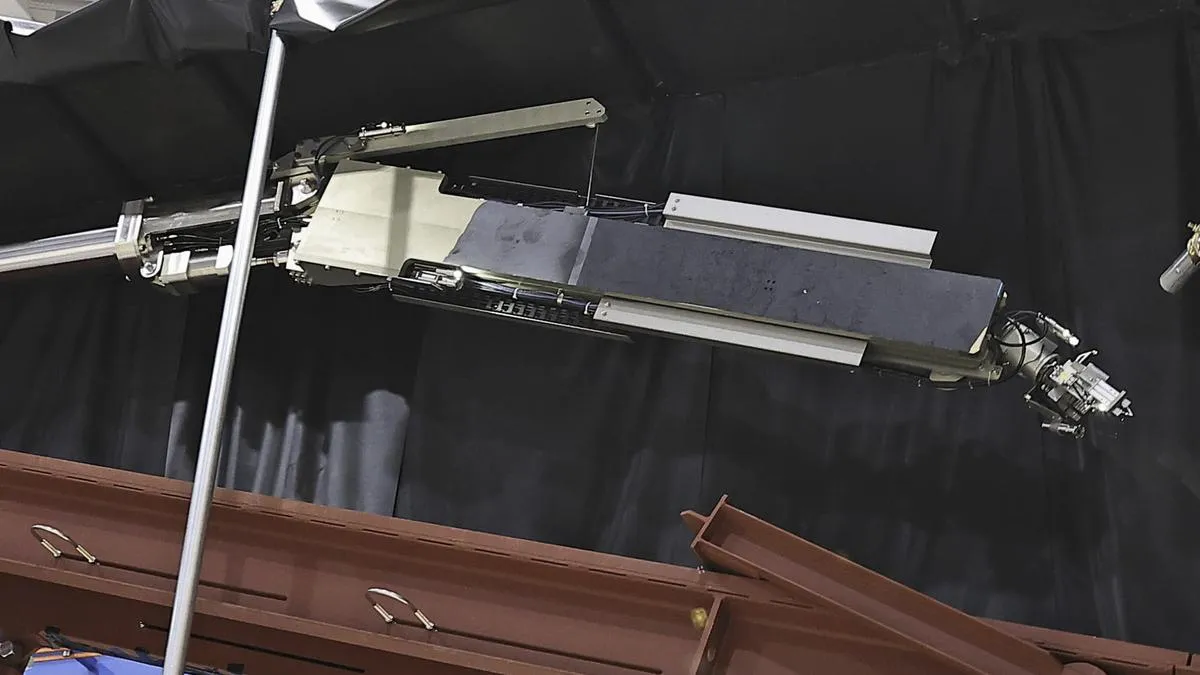Robot Innovations in Japan’s Fukushima Nuclear Power Plant Cleanup

Robot Innovations Transforming Fukushima Cleanup
In a groundbreaking development, robot technologies are spearheading the removal of melted fuel from Japan’s Fukushima nuclear power plant. This initiative is crucial for safely addressing the aftermath of the meltdowns in the damaged reactors. The robots are designed to operate in hazardous environments, showcasing advancements in engineering and robotic capabilities.
Significance of the Cleanup Process
The cleanup process is arduous and prolonged, with estimates suggesting it could take decades to fully remediate the site. The deployment of robots not only enhances safety for workers but also improves the efficiency of retrieving radioactive materials.Challenges Ahead
The Path Forward
This initiative marks a significant leap toward resolving one of the most challenging clean-up operations in modern history. As technology evolves, so too will our approaches to managing nuclear site remediation.
This article was prepared using information from open sources in accordance with the principles of Ethical Policy. The editorial team is not responsible for absolute accuracy, as it relies on data from the sources referenced.